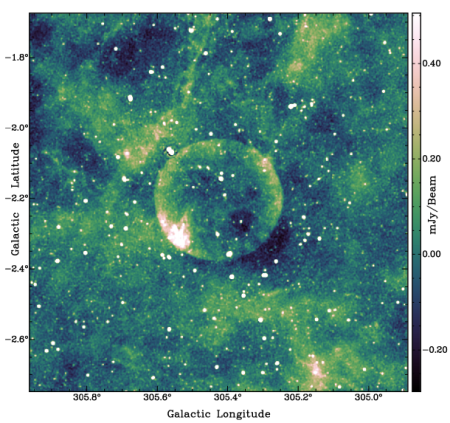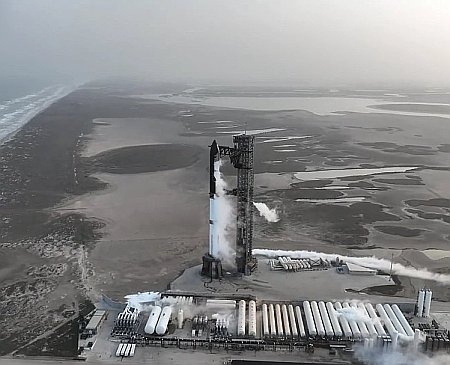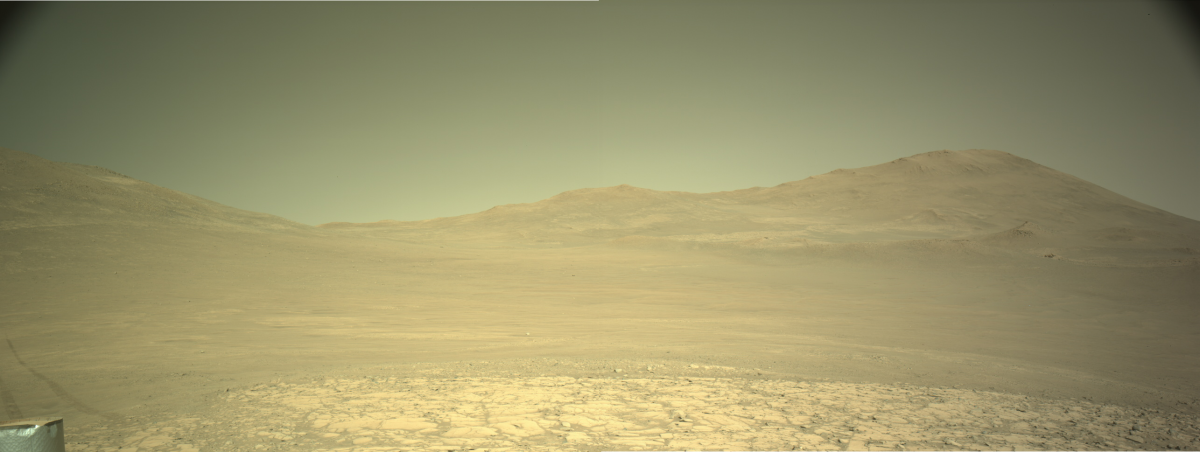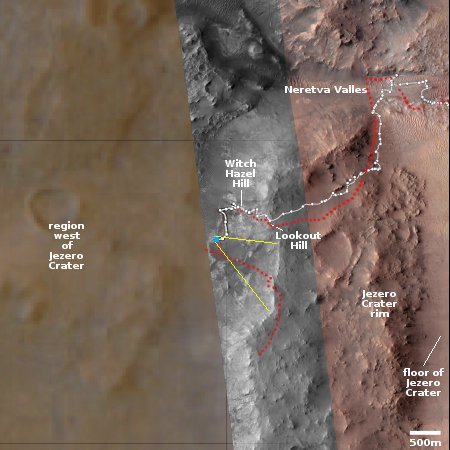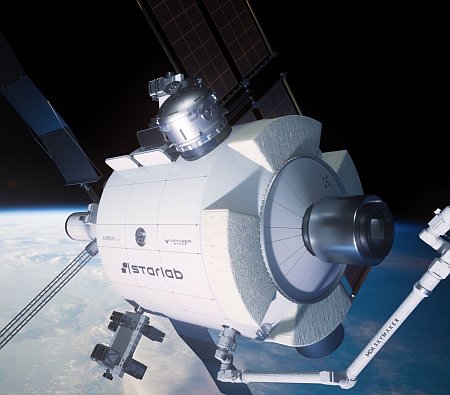In a press release today describing another international workshop for the signatories of the Artemis Accords in Abu Dhabi this week, NASA continued to put forth the Biden-era interpretation of the Artemis Accords that is diametrically opposed to the original concept of the accords as conceived during the first Trump administration.
The key words are highlighted in quotes below.
The Artemis Accords are a set of non-binding principles signed by nations for a peaceful and prosperous future in space for all of humanity to enjoy. In October 2020, under the first Trump administration, the accords were created, and since then, 54 countries have joined with the United States in committing to transparent and responsible behavior in space.
“Following President Trump’s visit to the Middle East, the United States built upon the successful trip through engagement with a global coalition of nations to further implement the accords – practical guidelines for ensuring transparency, peaceful cooperation, and shared prosperity in space exploration,” said acting NASA Administrator Janet Petro. “These accords represent a vital step toward uniting the world in the pursuit of exploration and scientific discovery beyond Earth. NASA is proud to lead in the overall accords effort, advancing the principles as we push the boundaries of human presence in space – for the benefit of all.”
…participants reaffirmed their commitment to upholding the principles outlined in the accords and to continue identifying best practices and guidelines for safe and sustainable exploration.
…The Artemis Accords are grounded in the Outer Space Treaty and other agreements, including the Registration Convention and the Rescue and Return Agreement, as well as best practices for responsible behavior that NASA and its partners have supported, including the public release of scientific data.
Many of the highlighted phrases are of course quite laudable, such as the desire for peace and the use of space for the benefit of all. The tone and spin however is very globalist and communist, and leaves out entirely the primary reason Trump created the accords in the first place, to encourage private ownership, capitalism, competition, and freedom in space by bypassing or canceling the Outer Space Treaty’s rules that forbid such things.
According to the release there will be more talks among accord signatories in the upcoming September meeting of the International Astronautical Congress. I highlight this press release and its Biden-era language in an effort to make the Trump administration aware that — at least in space — Biden’s policies apparently remain in charge. While I also know this is not the most important priority for Trump, it is also something he does care about, and these issues are critical for the future lives of those who will soon explore and settle the solar system.
Someone in the Trump administration has got shift NASA back to pushing for private enterprise internationally, rather than the feel-good, empty, and communist agenda of the globalist crowd, as illustrated by the language above. And they need to do it before, or even very publicly at that September International Astronautical Congress.


